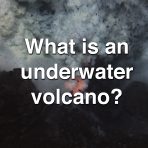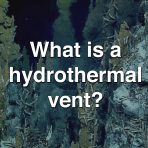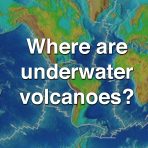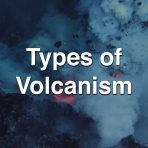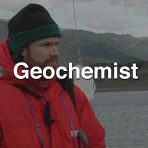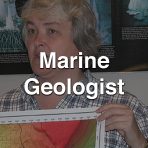About
This education module will help middle school and high school students learn about some of the most extreme habitats on Earth – underwater volcanoes and hydrothermal vents. When you click on an image, the information will be on the right. Be sure to click on the hyperlinks to go to other websites for more learning.
Teachers Click Here
Volcano Facts
Learn some fun facts about underwater volcanoes as well as hydrothermal vents! You can learn more ocean facts through the NOAA Office of Ocean Exploration and Research.
Videos
Enjoy a selection of videos edited by GFOE videographers on the beauty and biodiversity of underwater volcanoes and hydrothermal vents. Click the 3-line icon in the upper right of the video to see the full playlist.
Learn from the Experts
What lives on hydrothermal vents? What are the different kind of volcanism? How do underwater volcanoes contribute to our understanding of deep-sea fishes? Scientists will answer your questions below! You can learn more about underwater volcanoes and hydrothermal vents from NOAA here.
Volcano Careers
Are you interested in studying volcanoes? From traveling the world to diving to great depths, learn what it takes to work in volcanology. You can explore other careers through NOAA here.
Think About It
- What are the benefits of studying underwater volcanoes and hydrothermal vents?
- What tools and instruments would you use to study these features?
You and Your Student
- Create a food web of the organisms that live around hydrothermal vents. What adaptations do organisms need to have in this environment?
- Look at a historical natural disaster that was caused by an underwater volcano. What was the response to the disaster? What technologies have humans developed to monitor underwater volcanic activity?
For Teachers
Material in this module aligns with the requirements of the following Next Generation Science Standards:
MS-LS2-3 – Describe the flow of energy in an ecosystem
DCI LS2B (Cycles of Matter and Energy Transfers in Ecosystems)
HS-ESS3-1 – Explain how natural hazards have influenced human activity
DCI ESS3B (Natural Hazards)
It also aligns with the following Ocean Literacy Principles:
1 – The Earth has one big ocean with many features
2 – The ocean and life in the ocean shape the features of Earth
5 – The ocean supports a great diversity of life and ecosystems
7 – The ocean is largely unexplored

